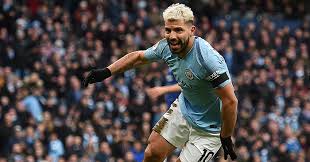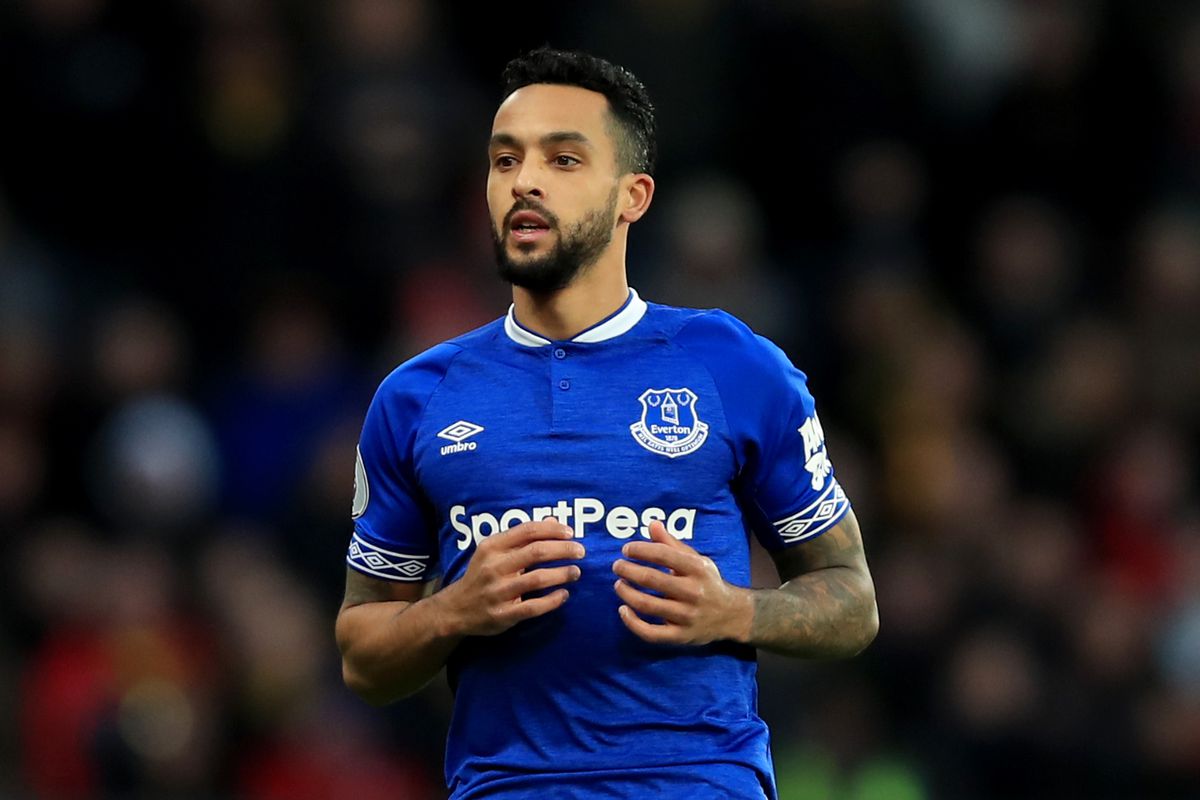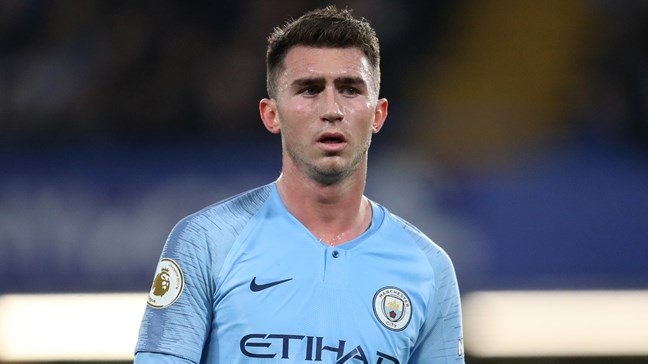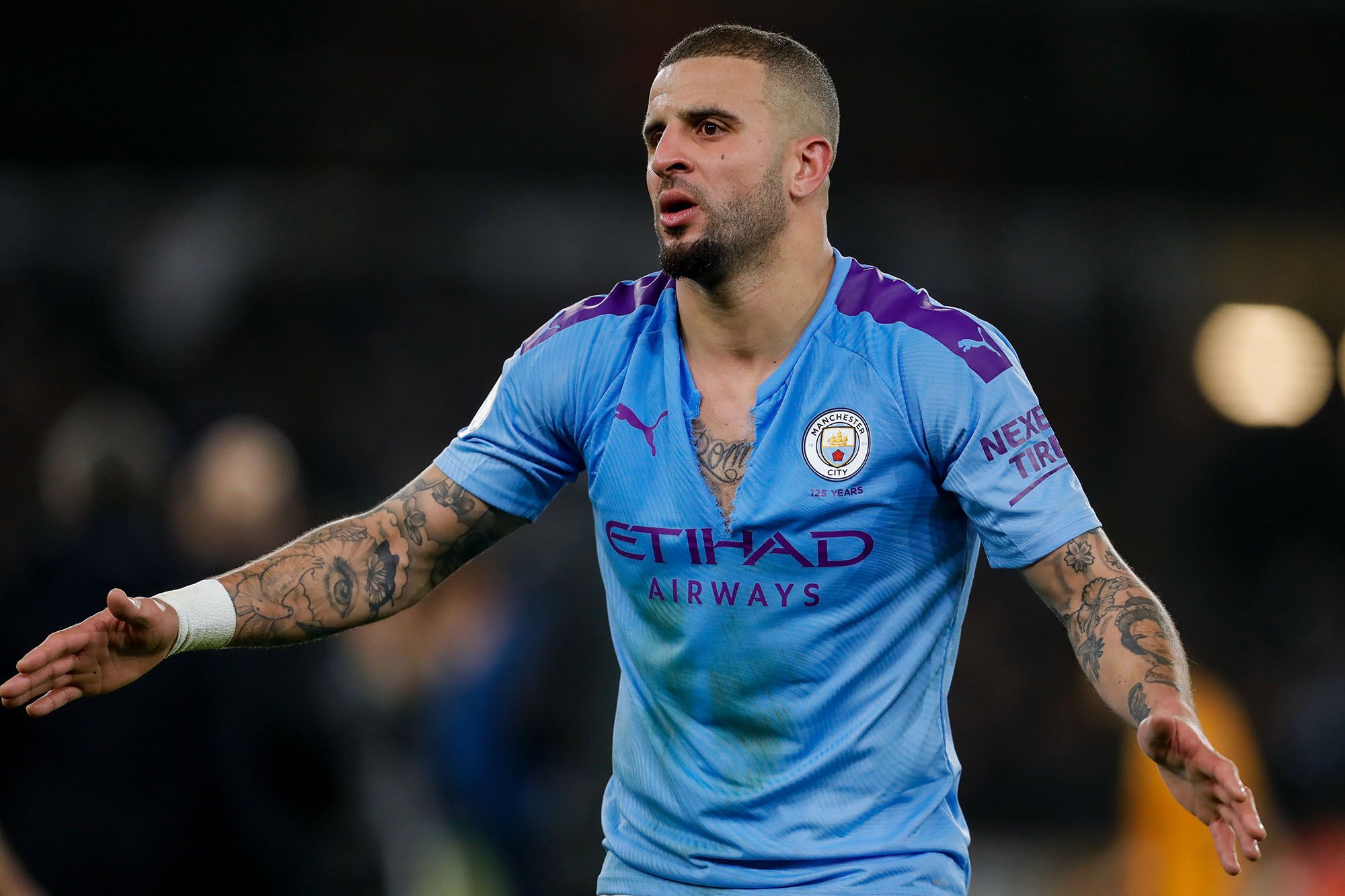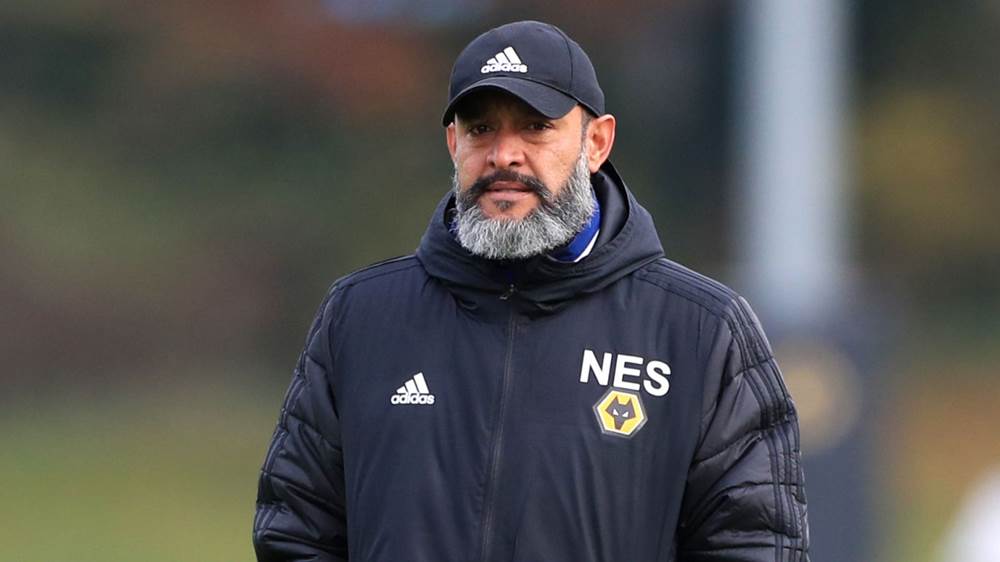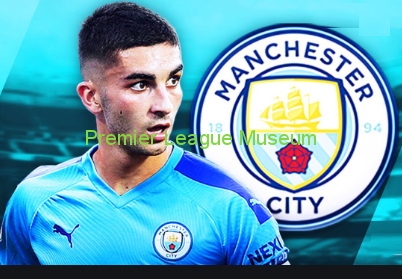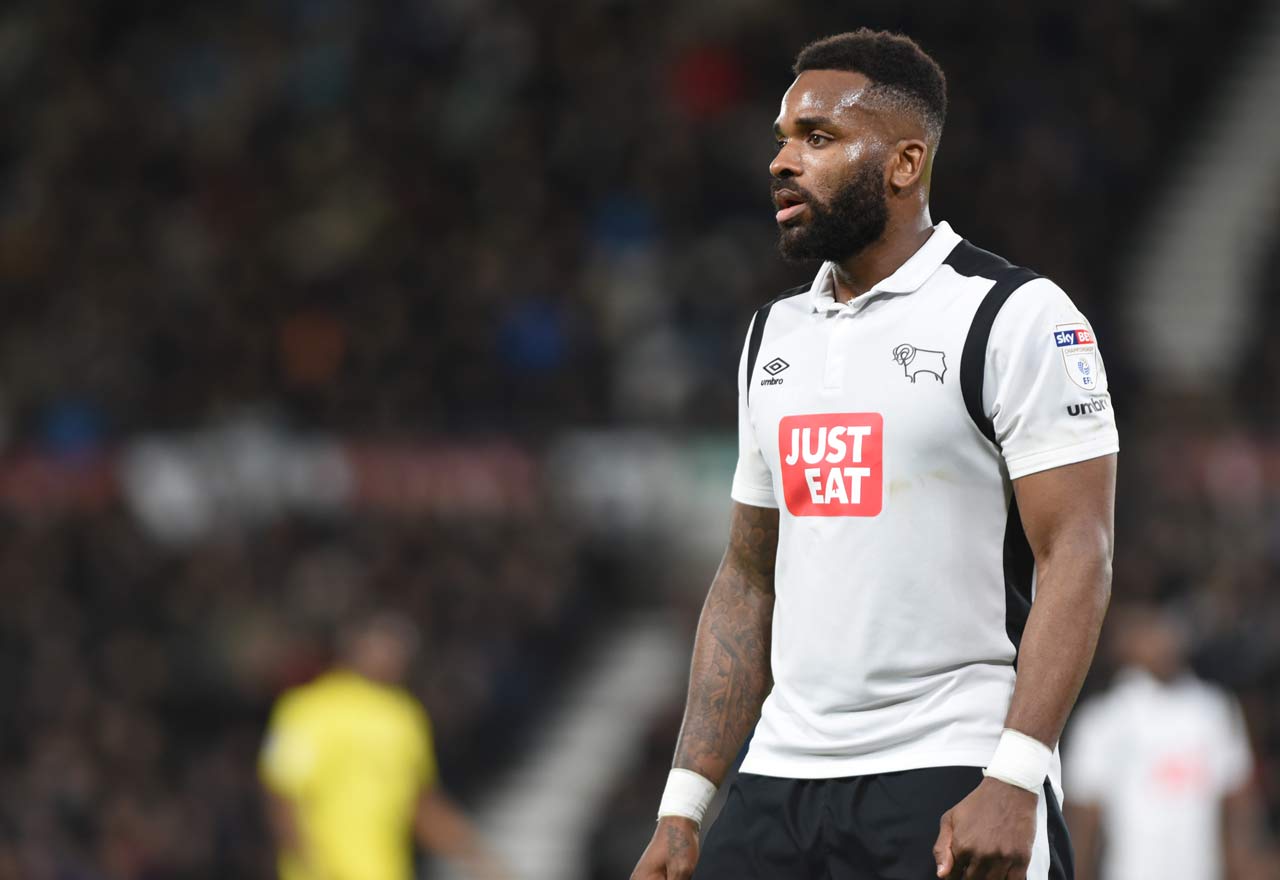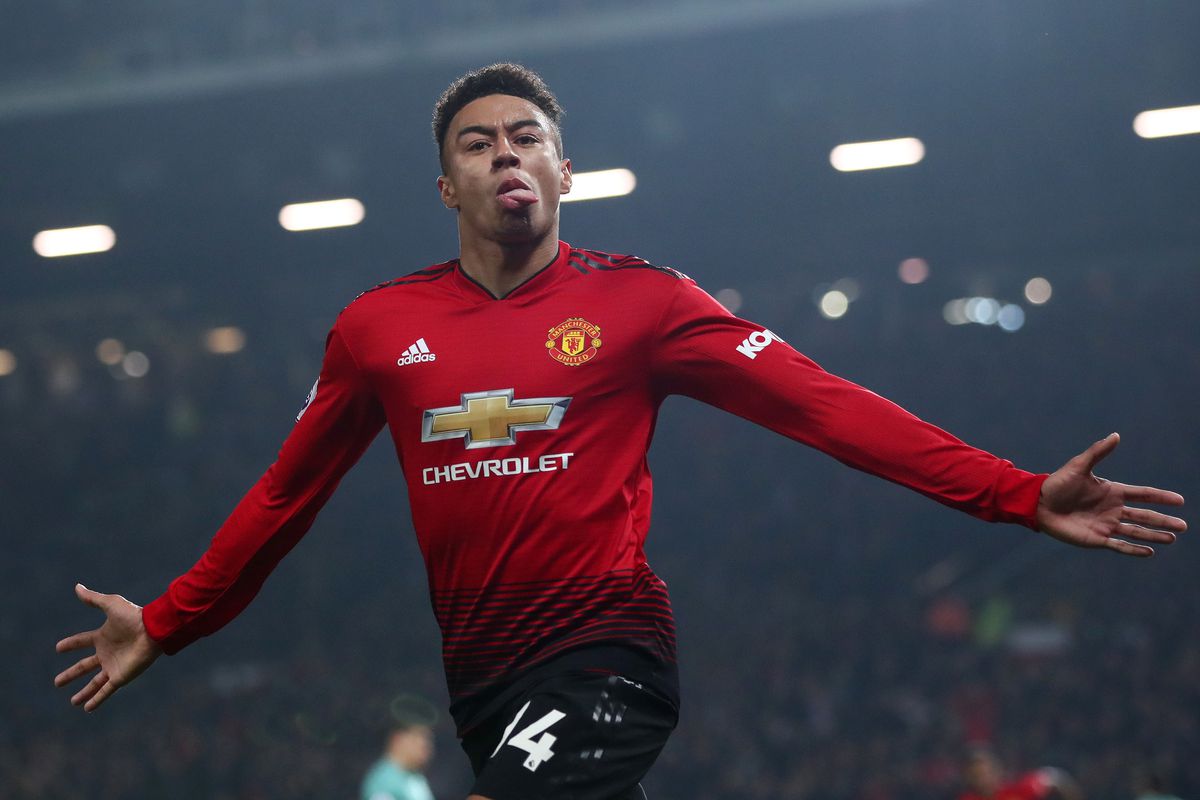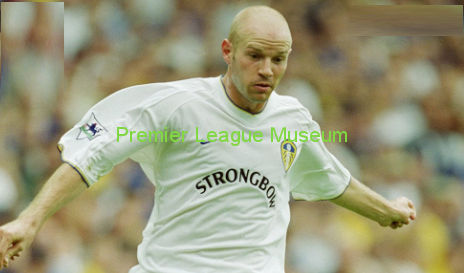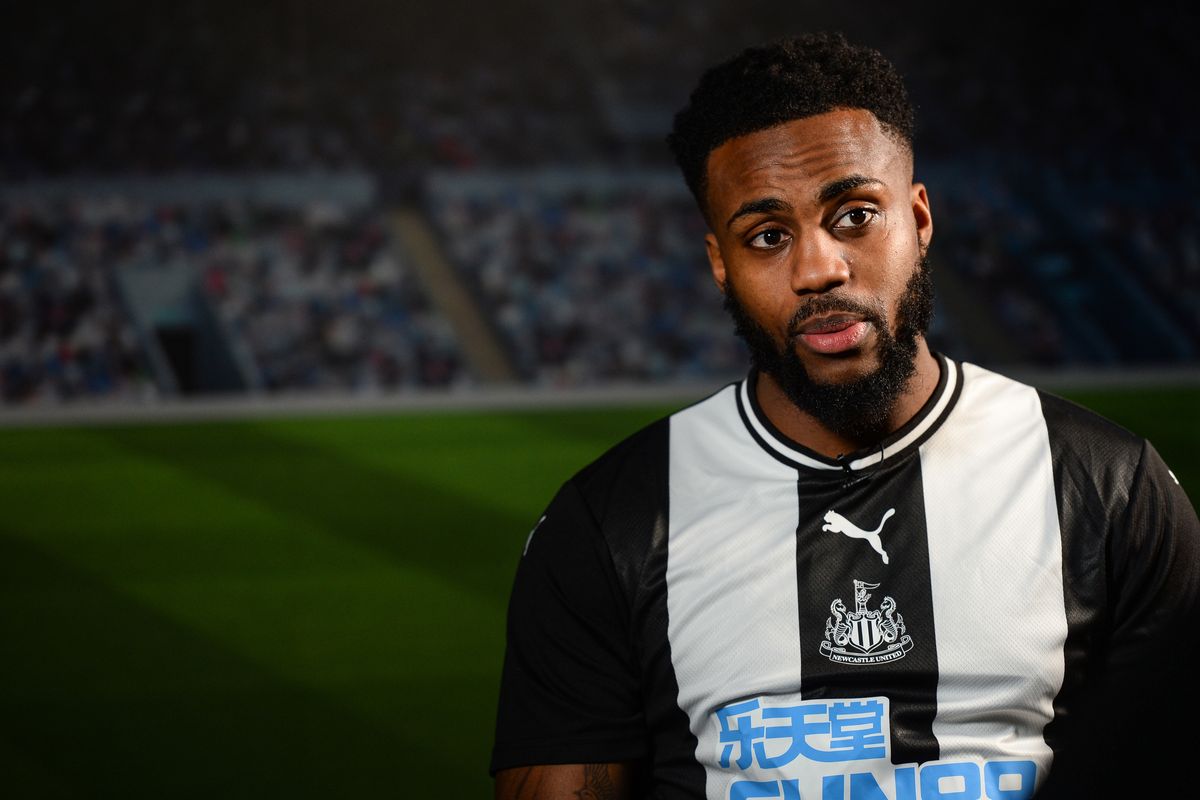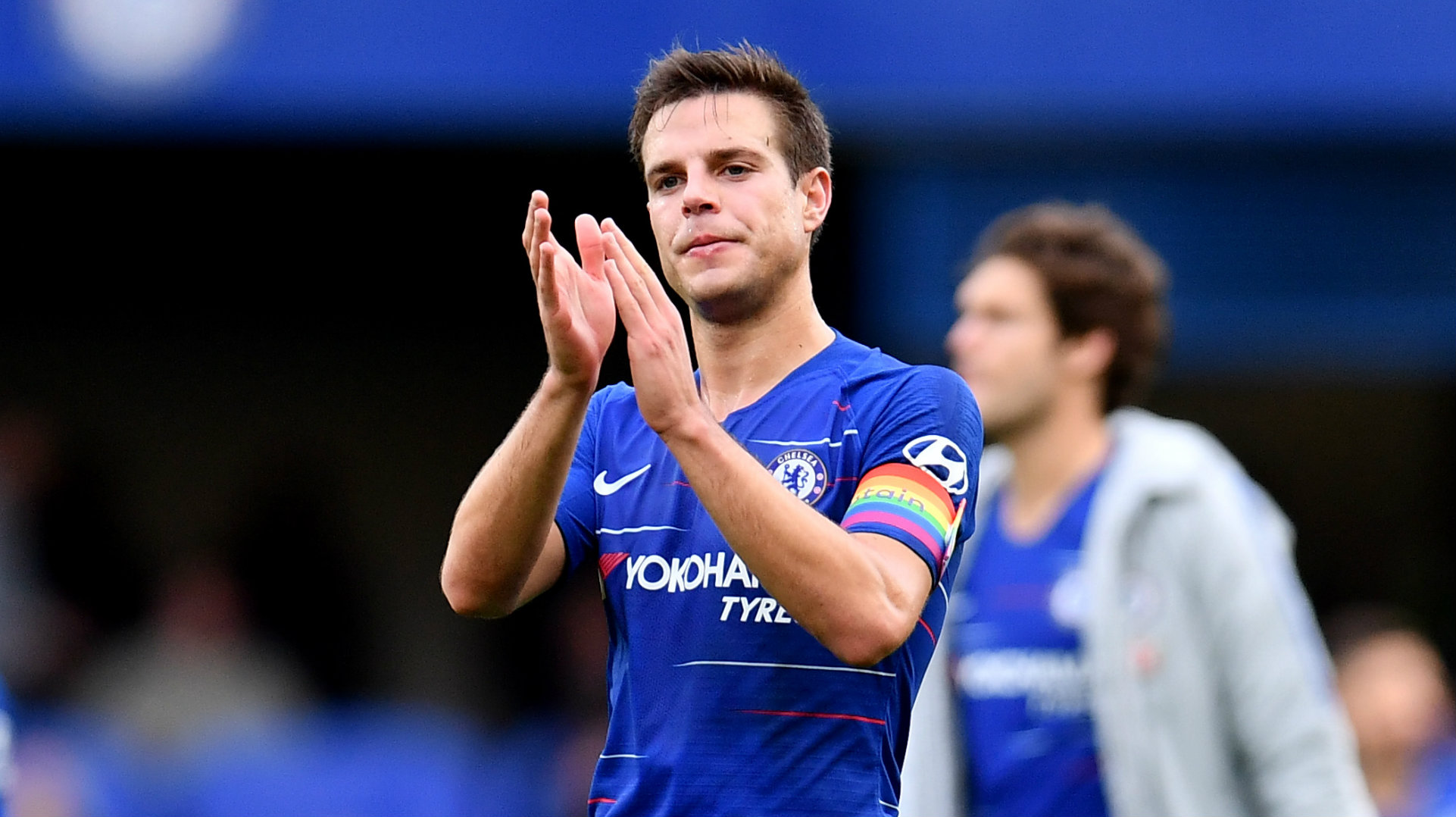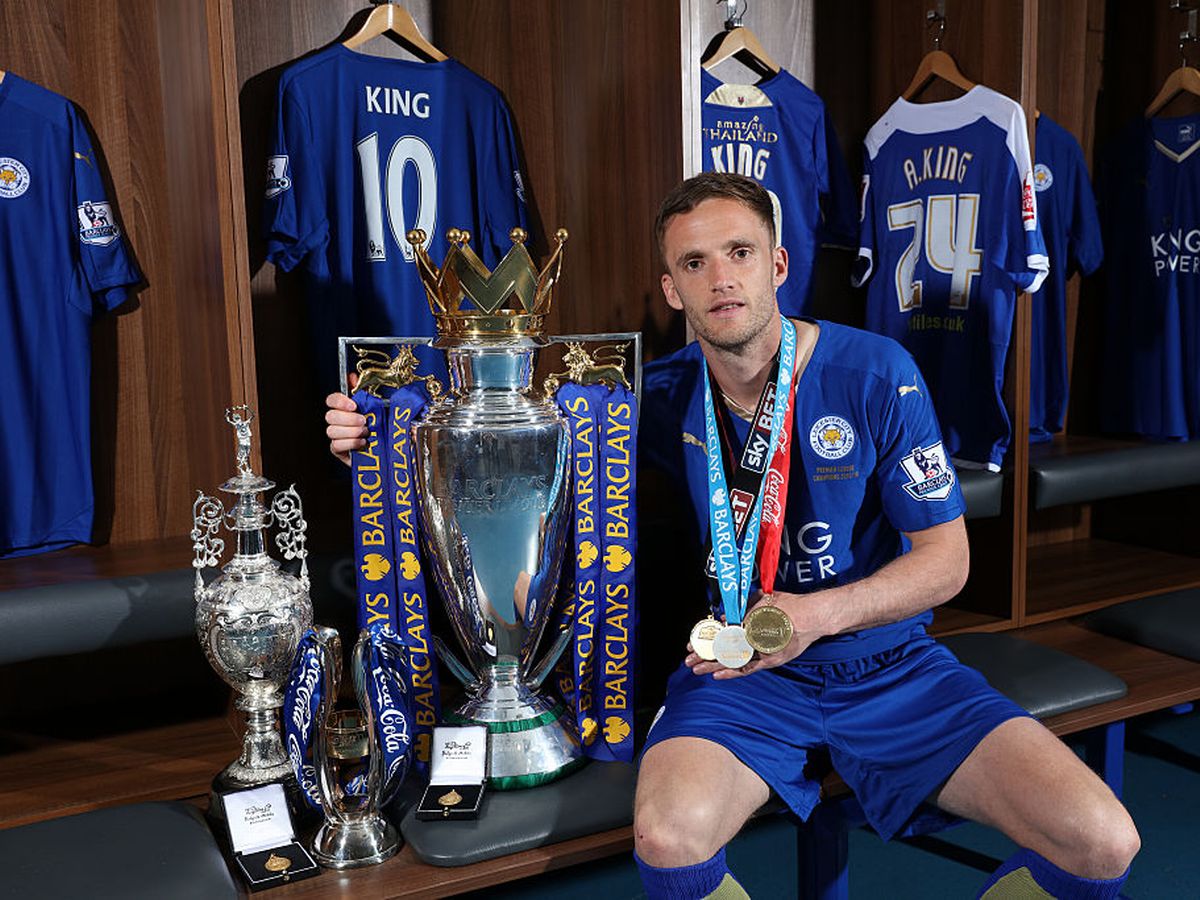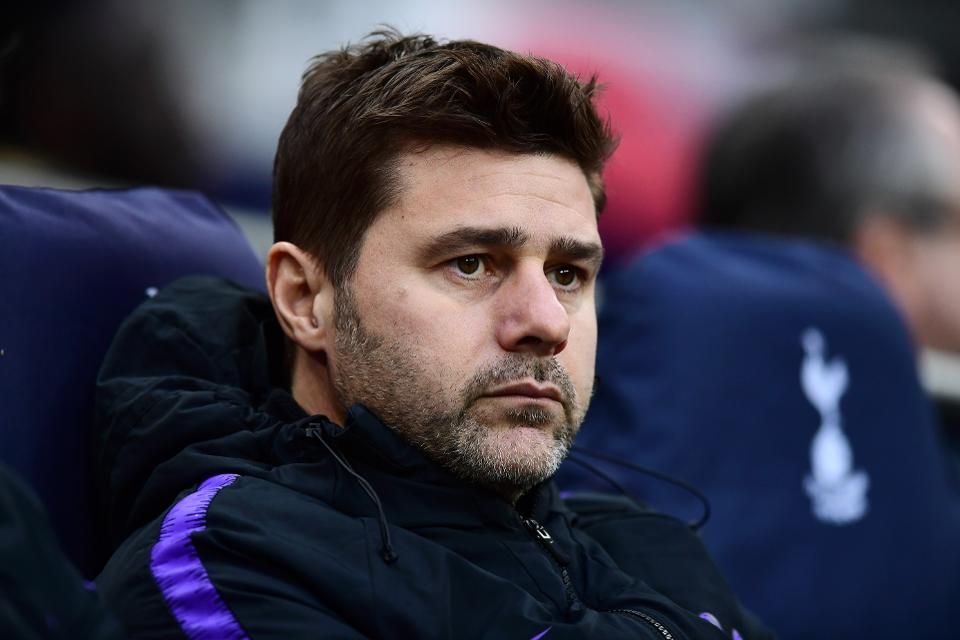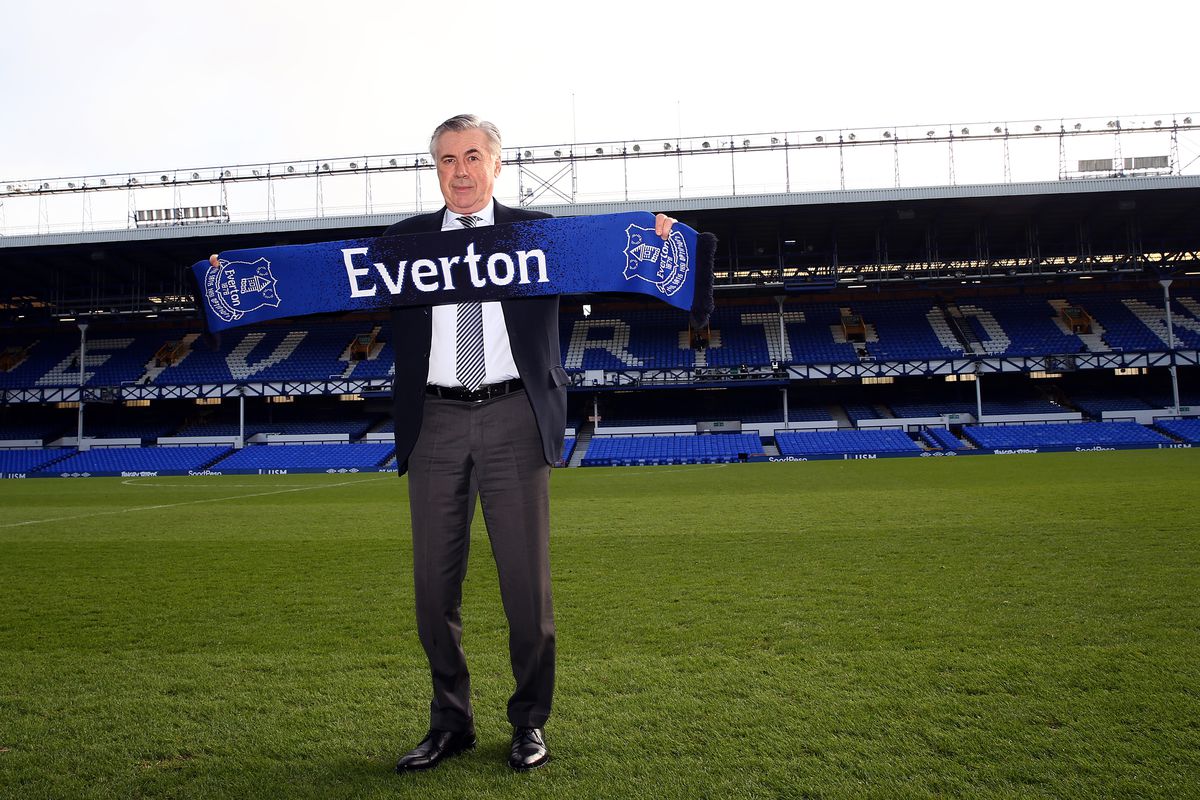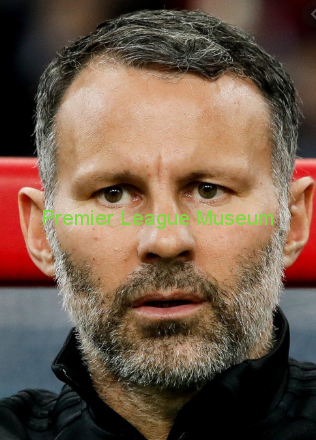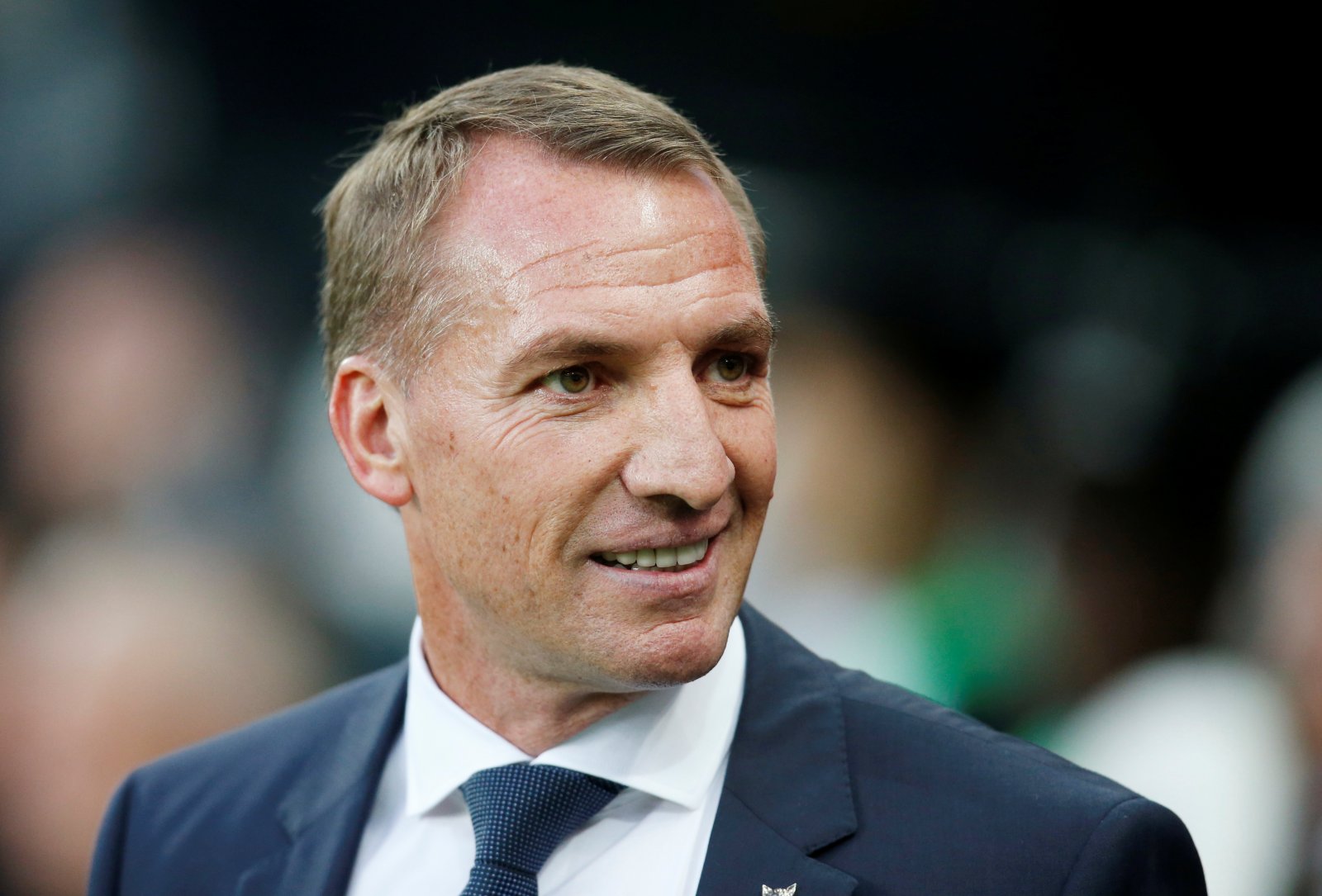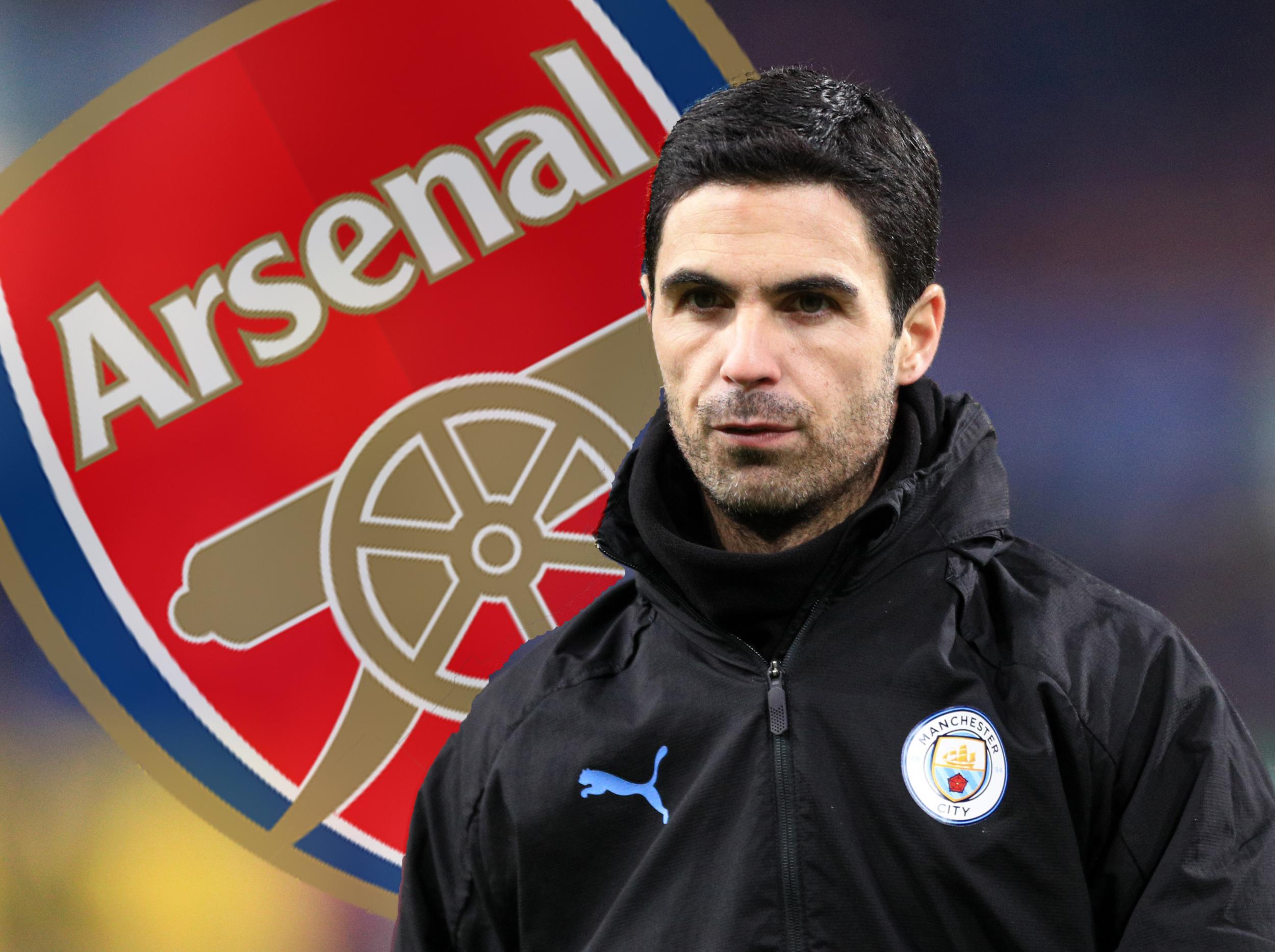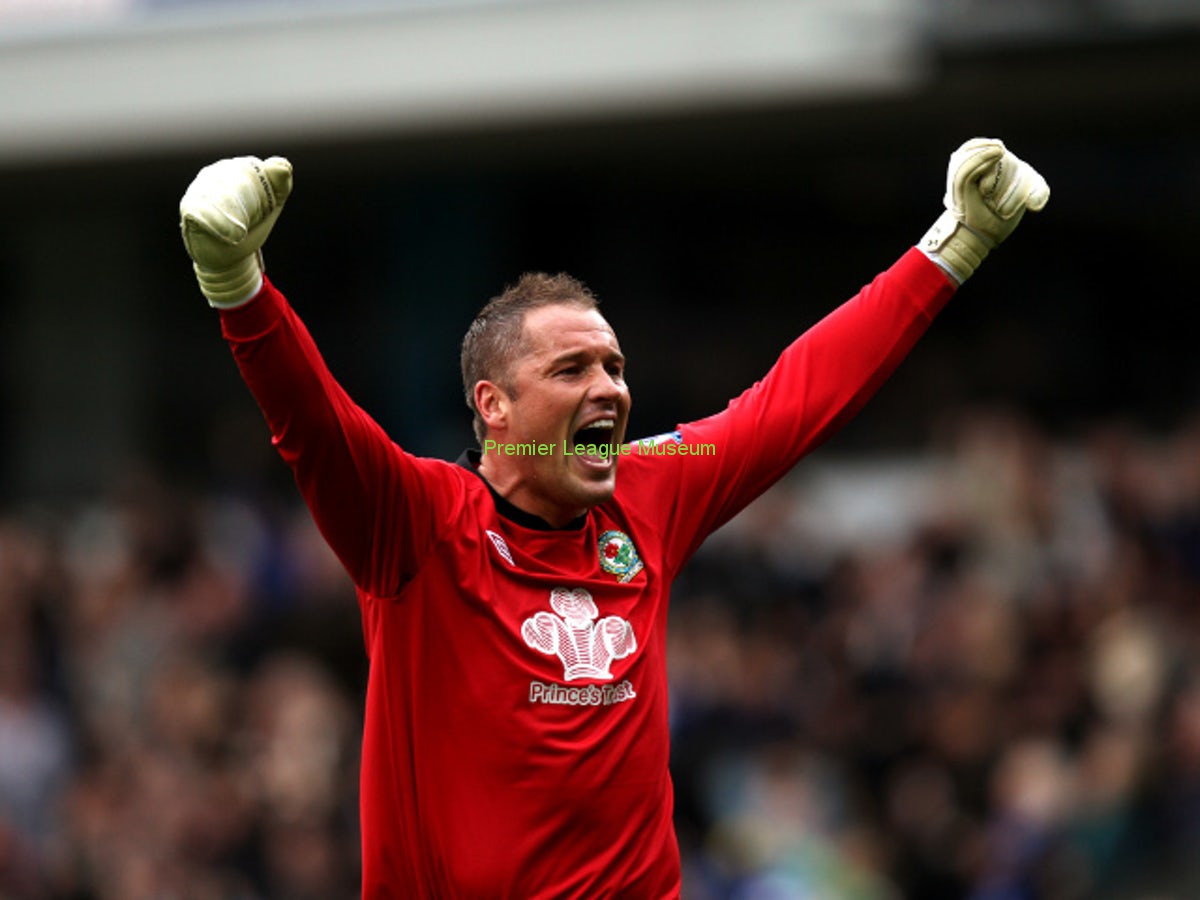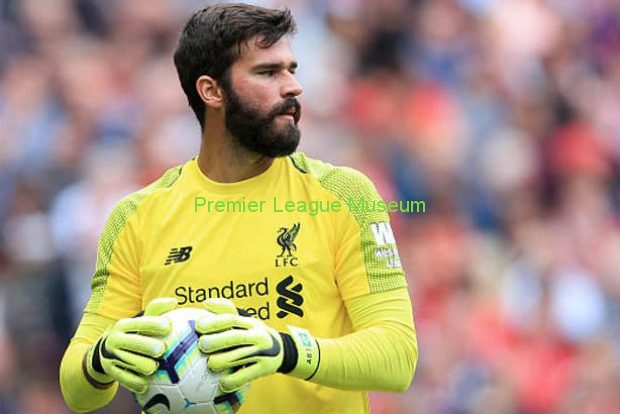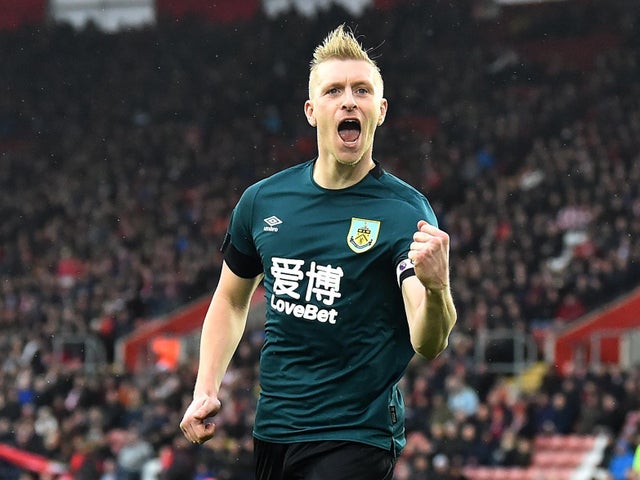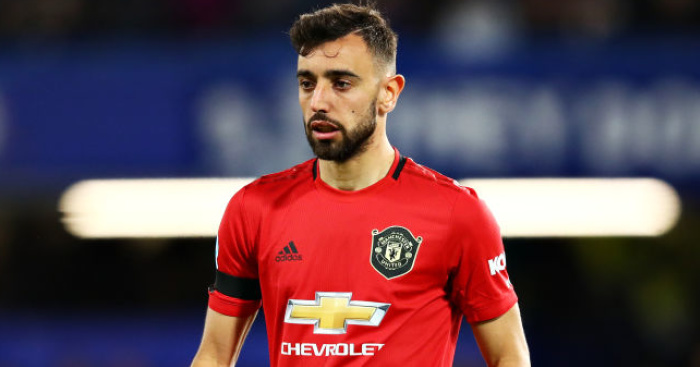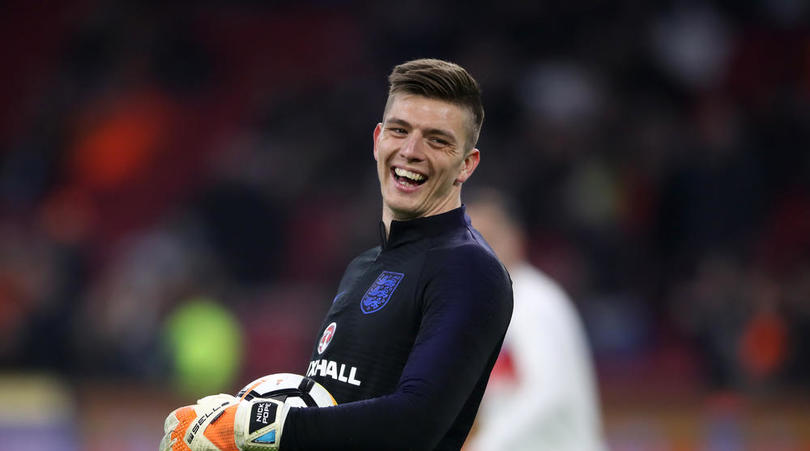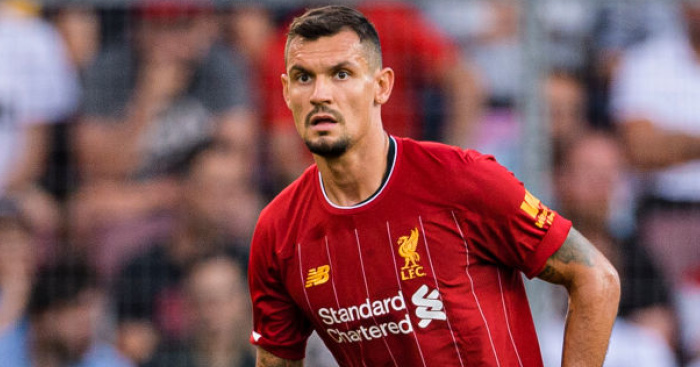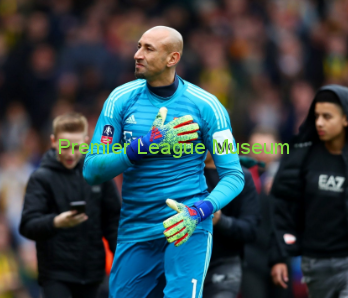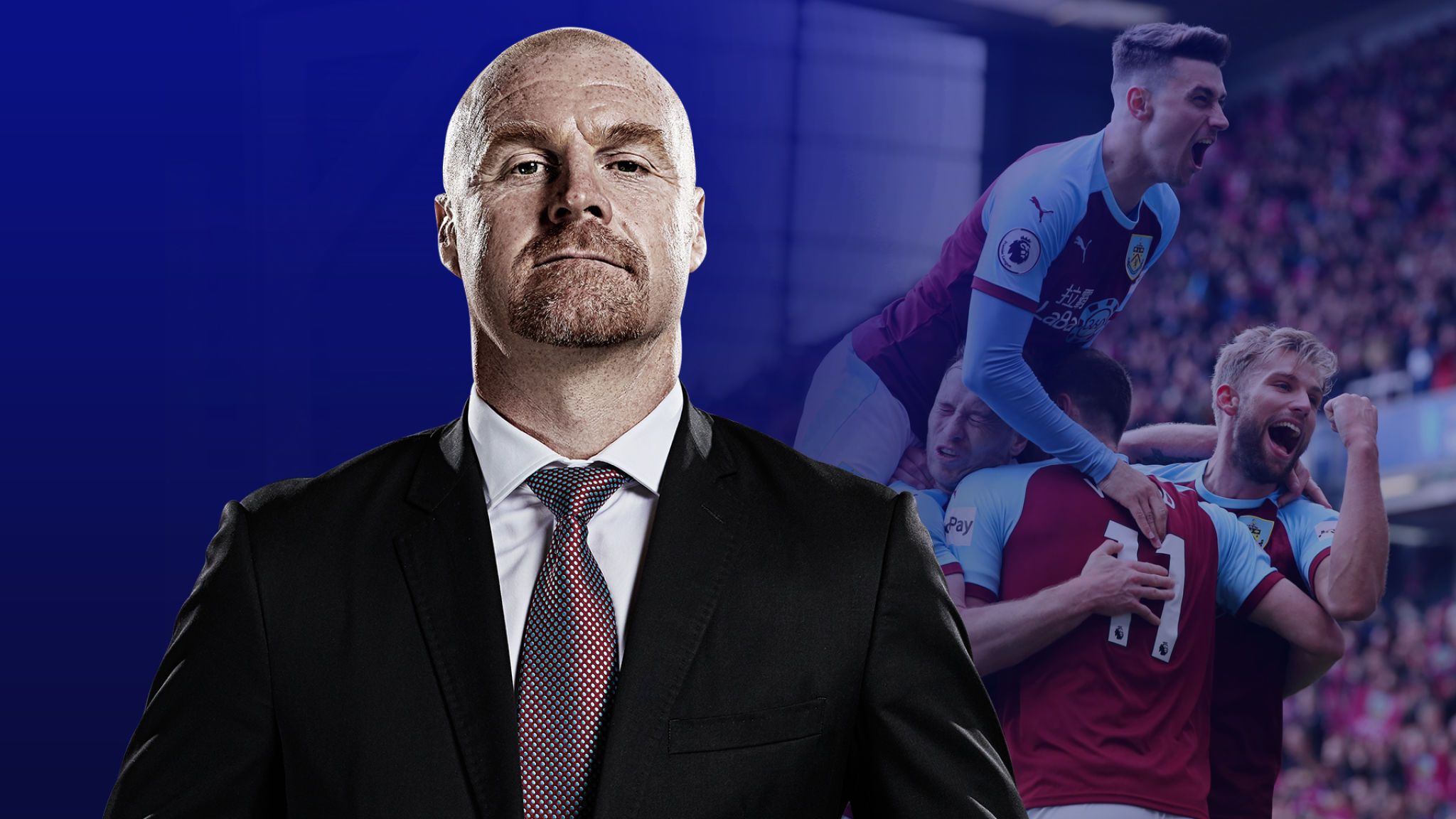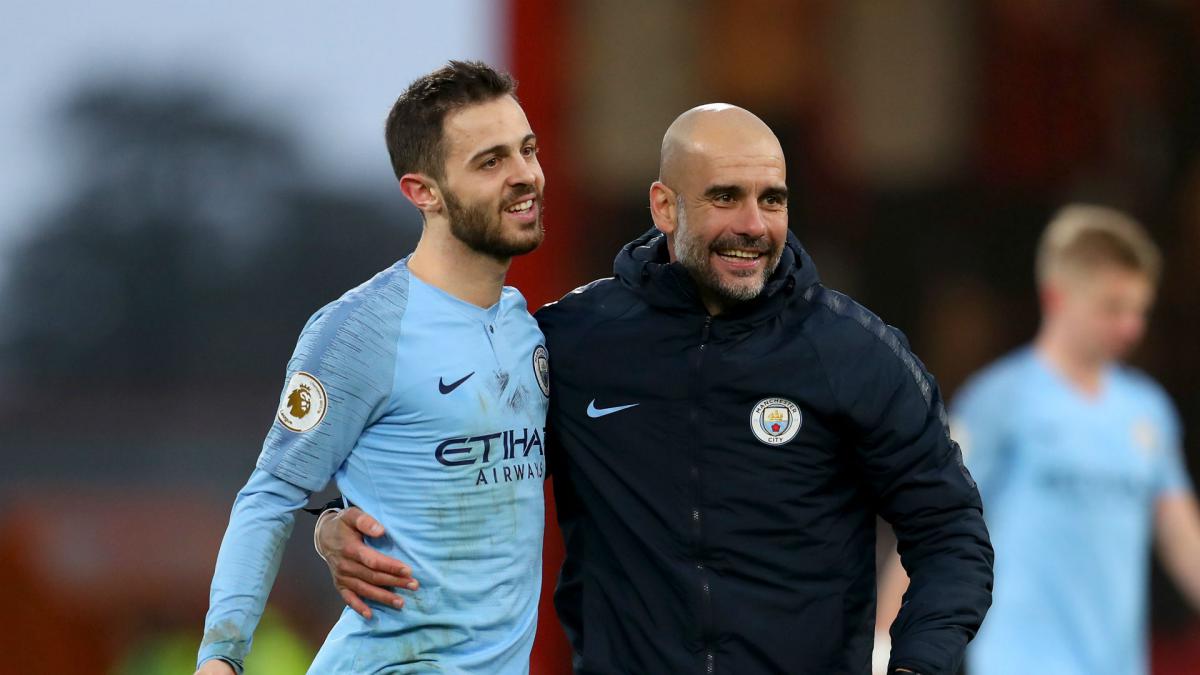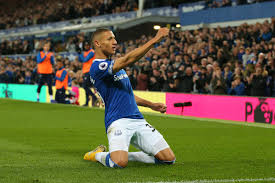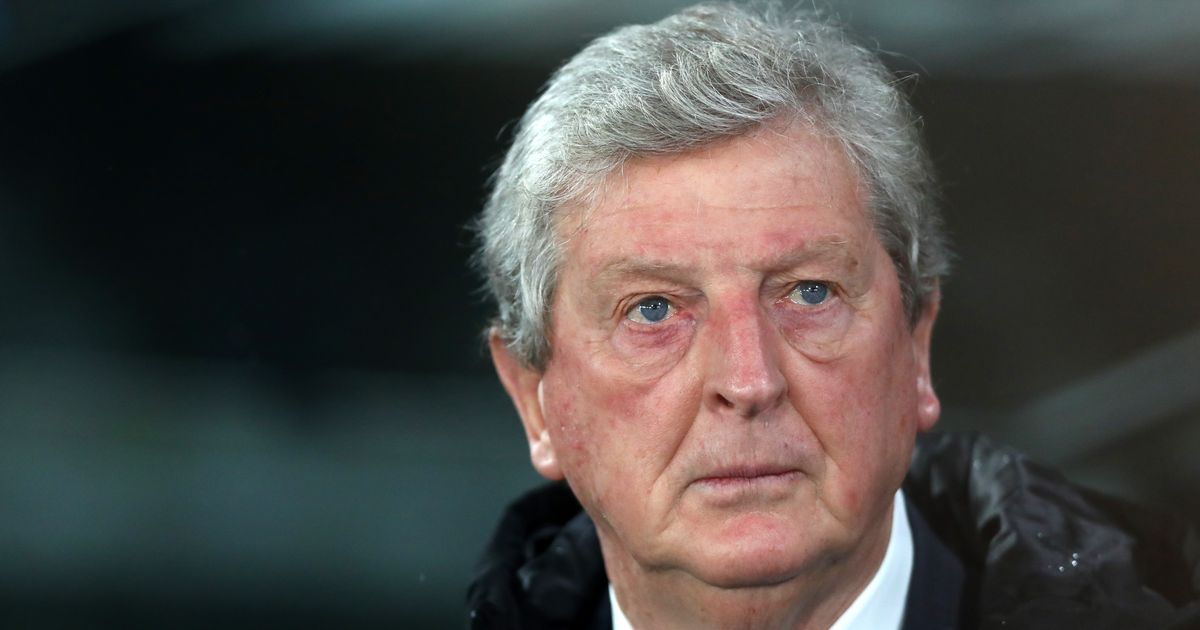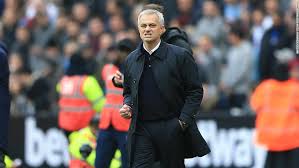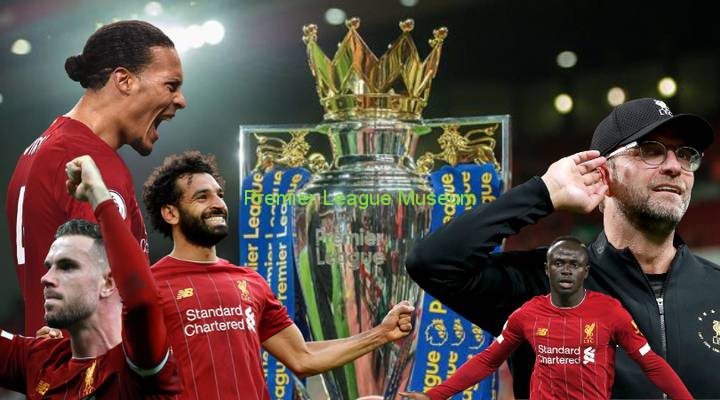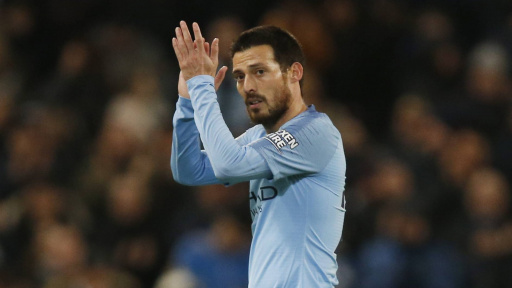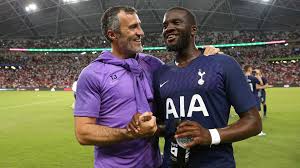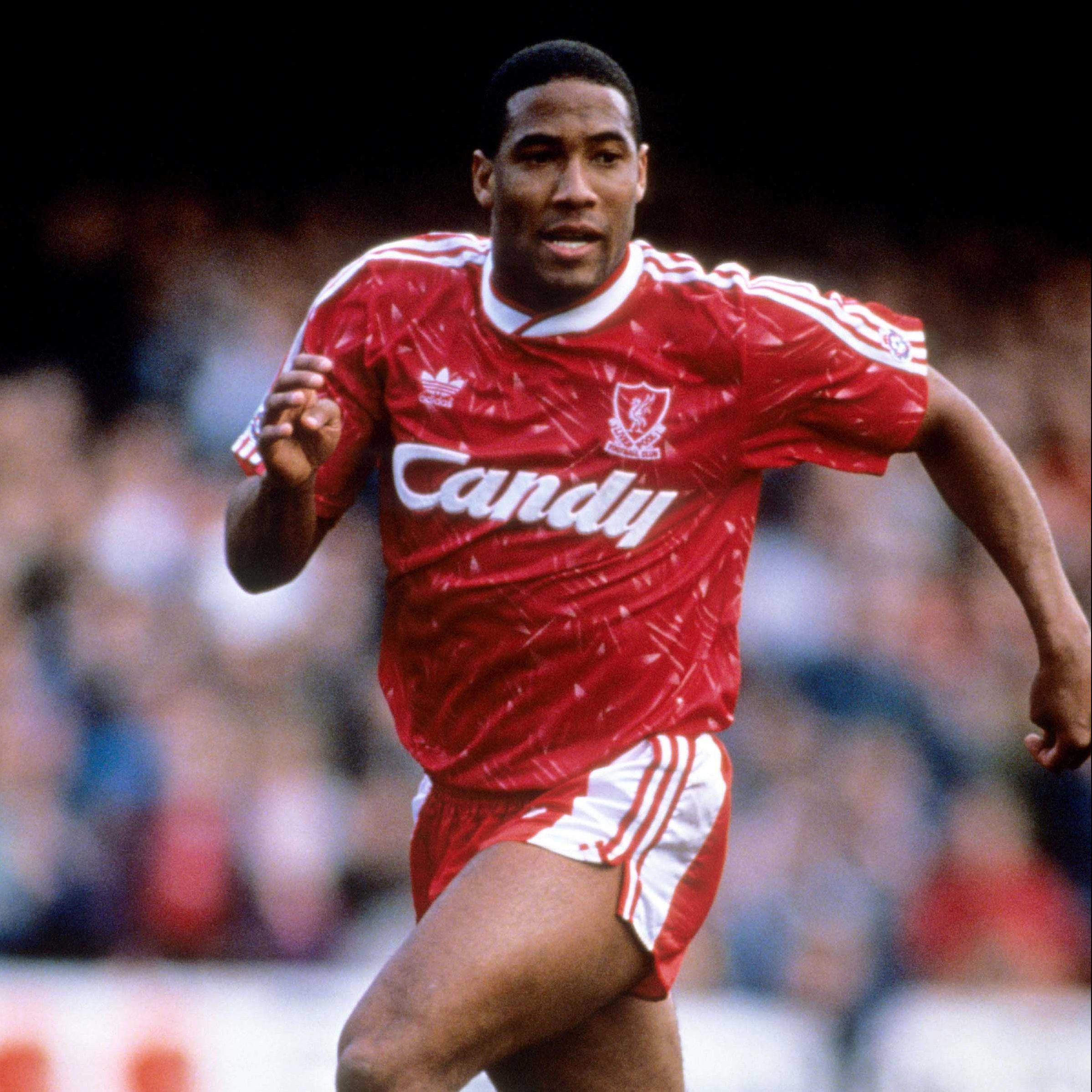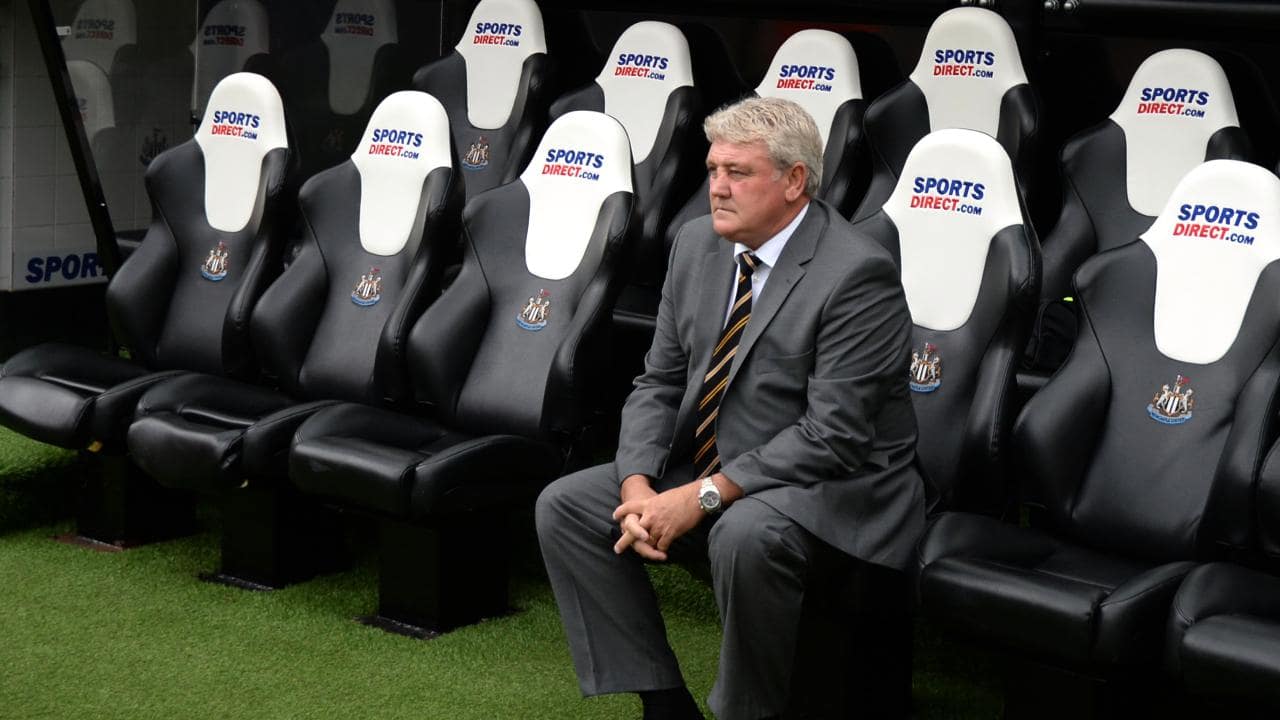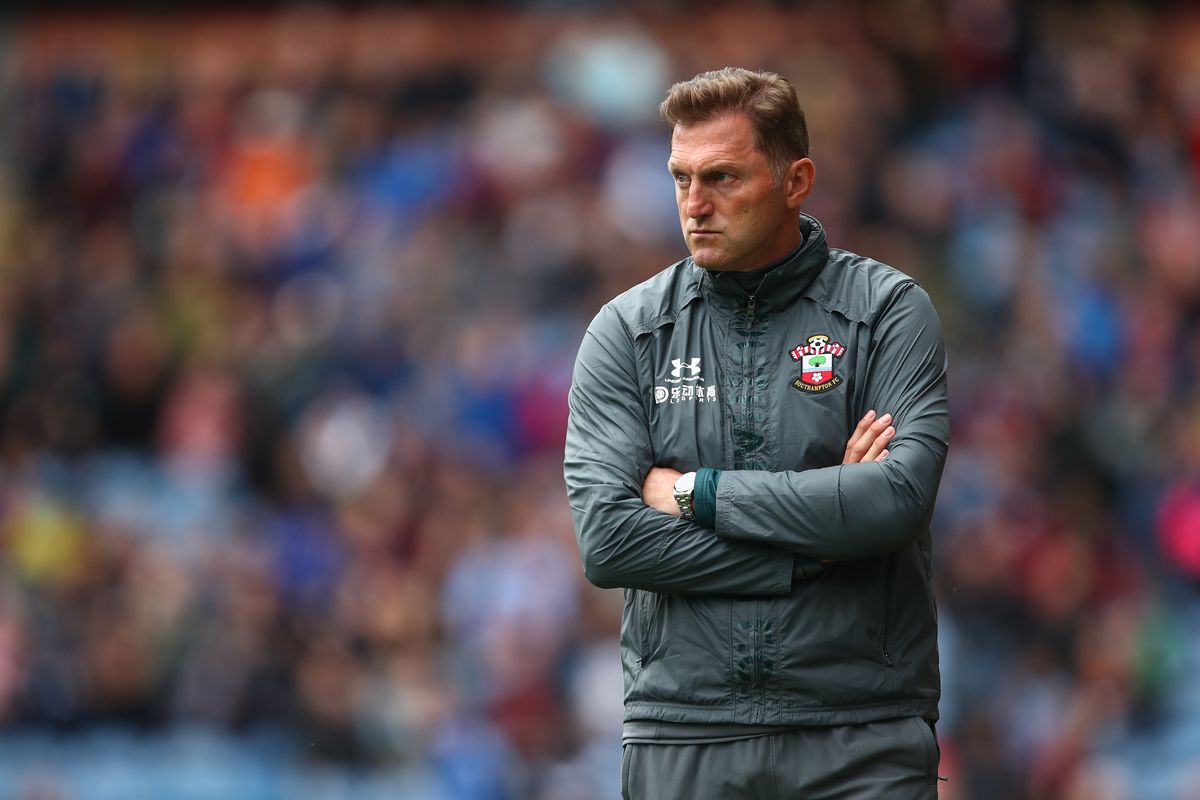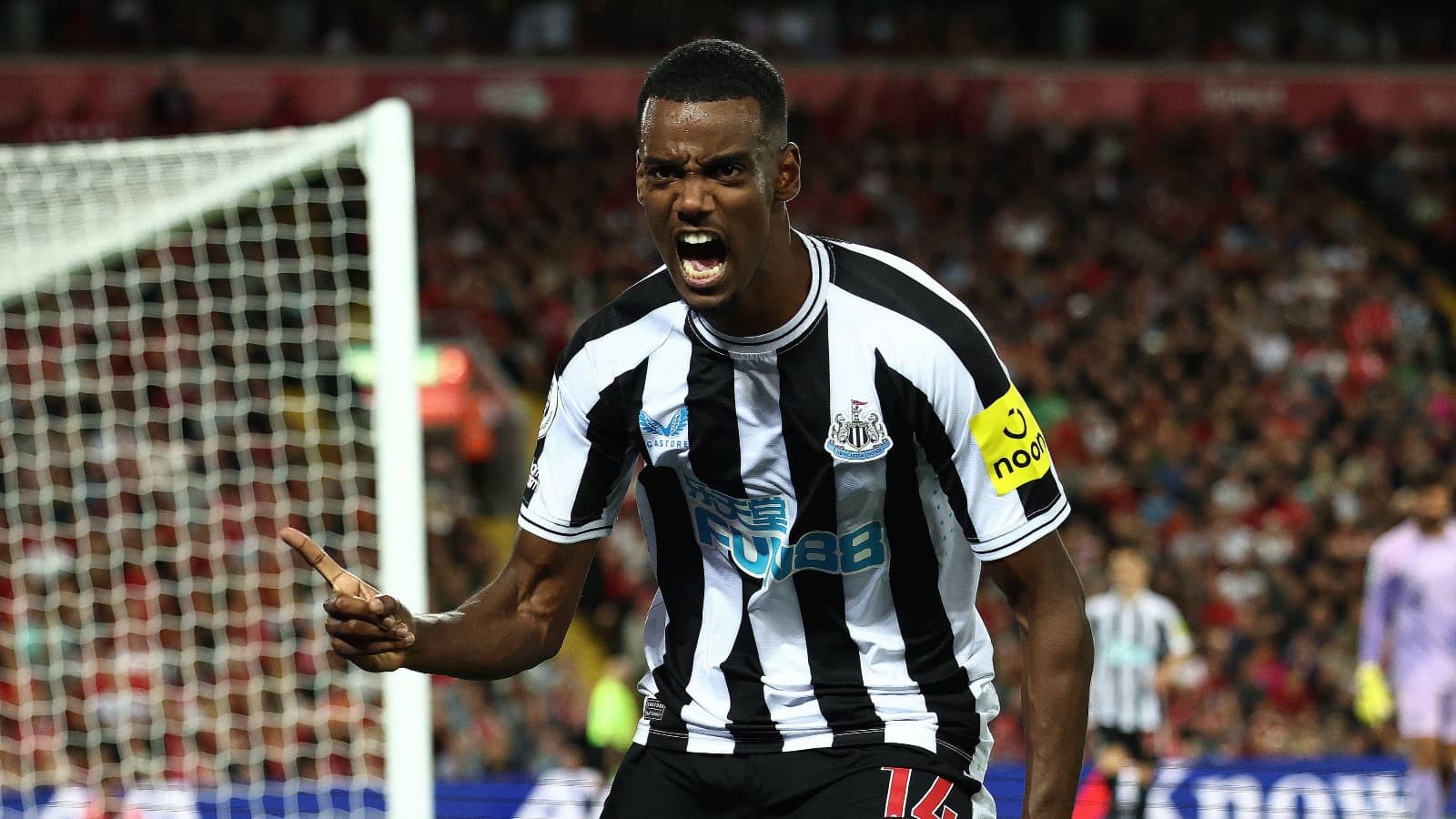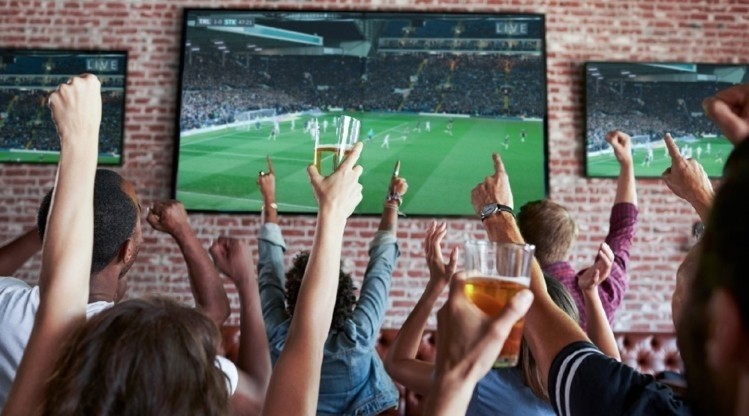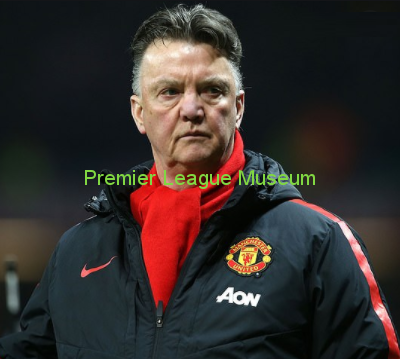The Premier League clubs return to action on June 17, with Manchester City taking on Arsenal in the first game of Project Restart. The pandemic brought an indefinite halt to Premier League action with nine games remaining. Just before the season came to a halt, Liverpool were swiftly cruising towards their first ever Premier League title with a 25-point lead over second-placed Manchester City. At the bottom of the table, AFC Bournemouth, Watford, Brighton and Hove Albion and Norwich City were fighting to save their season and avoid the relegation blushes.
What is #ProjectRestart
It was the name given to the phased reopening of elite sports. The politicians gave it as a way to uplift spirits of people as professional football had been suspended for over a period of two months. There’s no question that the Premier League has been missed by a lot of people over these past few months and the importance of it in British culture and around the world has only been heightened by this hiatus – the power of football has never been so evident.
However, there’s more than just emotional sentiment in starting the Premier League. Properties like the Premier League, the Olympics and the Euros faced an existential financial crisis. The league was staring at millions in losses and a huge bill that they would have to pay to the sponsors, the broadcasters and partners if Football didn’t resume. There’s been a large fall in global sports sponsorship revenues this year, one study claims 37% year on year, whether this overstates the damage or not, there will be a knock-on effect.
How did Project Restart come into existence?
Timeline
- On 10th March, the match between Manchester City and Arsenal, due to be played the next day after being rescheduled due to City’s participation in the 2020 Carabao Cup Final, was postponed.
- On 13th March, following an emergency meeting between the Premier League, The Football Association(FA), the English Football League and the FA Women’s Super League, it was unanimously decided to suspend professional football in England until at least 4 April 2020 due to the outbreak of Corona Virus.
- On 19th March, the suspension was extended to at least 30 April 2020.
- On 17th and 18th May, a total of 748 players and staff were tested for COVID-19. Six tests proved positive including Adrian Mariappa of Watford and Burnley assistant manager, Ian Woan. Later in May, Aaron Ramsdaleof Bournemouth also returned a positive test for the virus.
- On 28th May, clubs agreed that the season would restart on 17 June, with the two games in hand of Manchester City vs Arsenal and Aston Villa vs Sheffield United, with the first full round of fixtures since March to be played on the weekend of 19–21 June.
Now that the word #ProjectRestart was coined, how did the Government, the FA authorities, and the club managements implemented the plan?
The Government and FA released a set of strict guidelines that were to be followed by every player, manager and the club officials. From strict social distancing to two Corona Virus tests a week, from preferably travelling in Private Jets to staying in a hotel during match days, there were a number of rules and regulations set out. The #ProjectRestart was divided into phases for training.
Implementation
The first phase of Project Restart is a safe return to training in groups. In easy words, phase one involved small groups and no contact.
Phase two of training – which will see players begin contact training. Tackling is allowed again – but “face to face contact is kept to a reasonable minimum”. They will start in small groups and gradually widen out to bigger sessions
In Phase three players to be given the full use of practice facilities—including gyms, ice baths, and the like—while maintaining social distancing. Apart from technical protocols of red and green zone, 11 vs 11 practice matches have been allowed.
Strict Testing
- Testing, up to twice a week for all players and officials, and all tests had to be approved by Public Health England.
- Every club appointed a coach wearing PPE equipment to oversee training – and they would have to make a risk assessment report on every session
- Clubs are keeping “meticulous” written records of every sessions, only “essential” physio sessions can be done, and even throw-ins will be monitored to stop the risk of infection being passed by the ball.
A different set of guidelines to be followed on Matchdays were also released:
- Stadium – Entry will be limited to around 300 people and divided into three zones. Anyone entering the Red Zone needs a ‘clinical passport’ — an app with a scannable barcode to prove they have returned a negative Covid-19 test in the previous five days.
- Travel – The Premier League have advised clubs to fly to games and avoid hotels, while clubs plan to charter bigger aircraft to comply with social distancing. Drivers have been included in the League’s testing programme and clubs are expected to use at least two coaches to comply with social distancing.
- Pre match protocols – Players will be required to use hand sanitiser as they come on and off the pitch and they will walk out in a staggered formation, using separate tunnels where possible. In grounds with just one tunnel, the away team will enter the pitch first. Pre-match handshakes have also been banned.
- Match – Social distancing while celebrating and not to spit or clear their noses but say they will not be booked if they do so. Players have also been reminded not to harangue the officials. Teams would be allowed to name nine substitutes per match, instead of the usual seven, and that teams could use five substitutes per match instead of three.
- Post-Match – Players will shower at a stadium if social distancing can be maintained, before undertaking their media duties around the perimeter of the pitch and boarding the coach.


